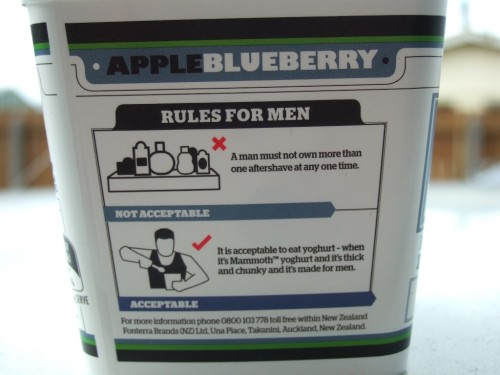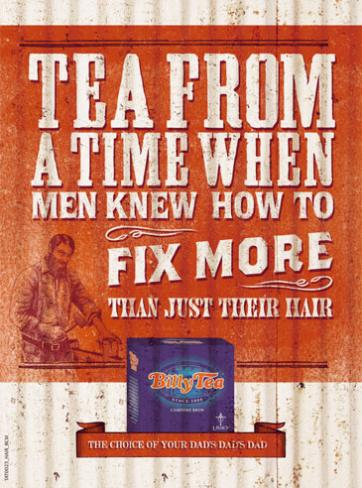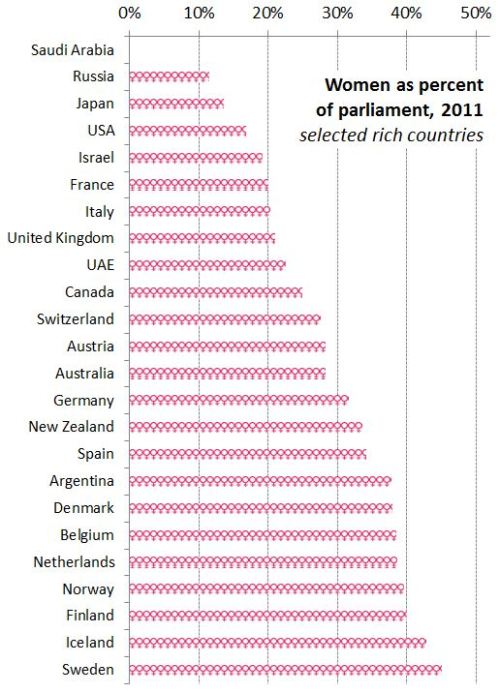Jeremiah, Sarah S., Nikki R., and Erin H. sent us a great example of a company trying to make a feminized food safe for men. New Zealand’s Mammoth Supply Co. (a subsidiary of the multinational dairy giant Fonterra) is trying to convince men that yogurt is super manly and tough, “built to tame a man’s hunger.” The ads reinforce a whole range of rules about masculinity, which Erin nicely sums up as “the same old mythbashing that men need things that are big, tough, substantial, strong and rugged, and that coded-feminine activities (crying, being too involved in one’s personal appearance, coming into physical contact with people of the same sex) are inferior and weak”:
Via Copyranter.
The website, which assures the reader that this is “real man food, man,” as well as each carton of yogurt includes additional helpful tips:
Lisa K. recently saw an ad for Billy Tea in a newspaper that implies men and women are no longer sufficiently masculine and feminine, unlike the good old days when the tea was first produced:
Here’s another one of their ads:
Sarah B. sent in this Miller High Life ad (which she blogged about at Adventures in Mediocrity) that makes it clear that the only types of salad men should eat are the type without, you know, girly vegetables:
In another example of gendering foods, Lisa R. pointed out Applebee’s commercials for its set of dishes with under 550 calories. Women love eating low-calorie meals:
The commercial aimed at men, titled “Manly Man,” presents ordering from the 550-calorie menu as something men might be a bit embarrassed about, but don’t worry — once the guys see your huge plate of food, your masculinity will once again be unquestioned:













